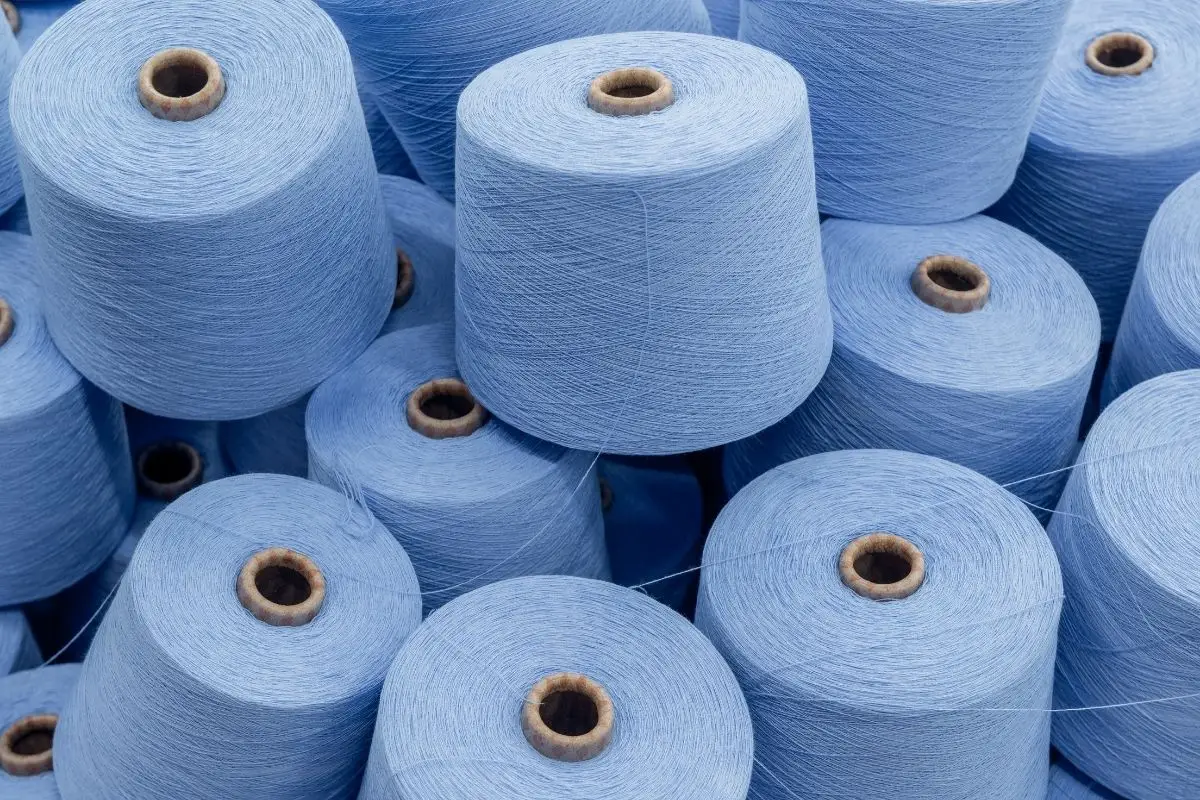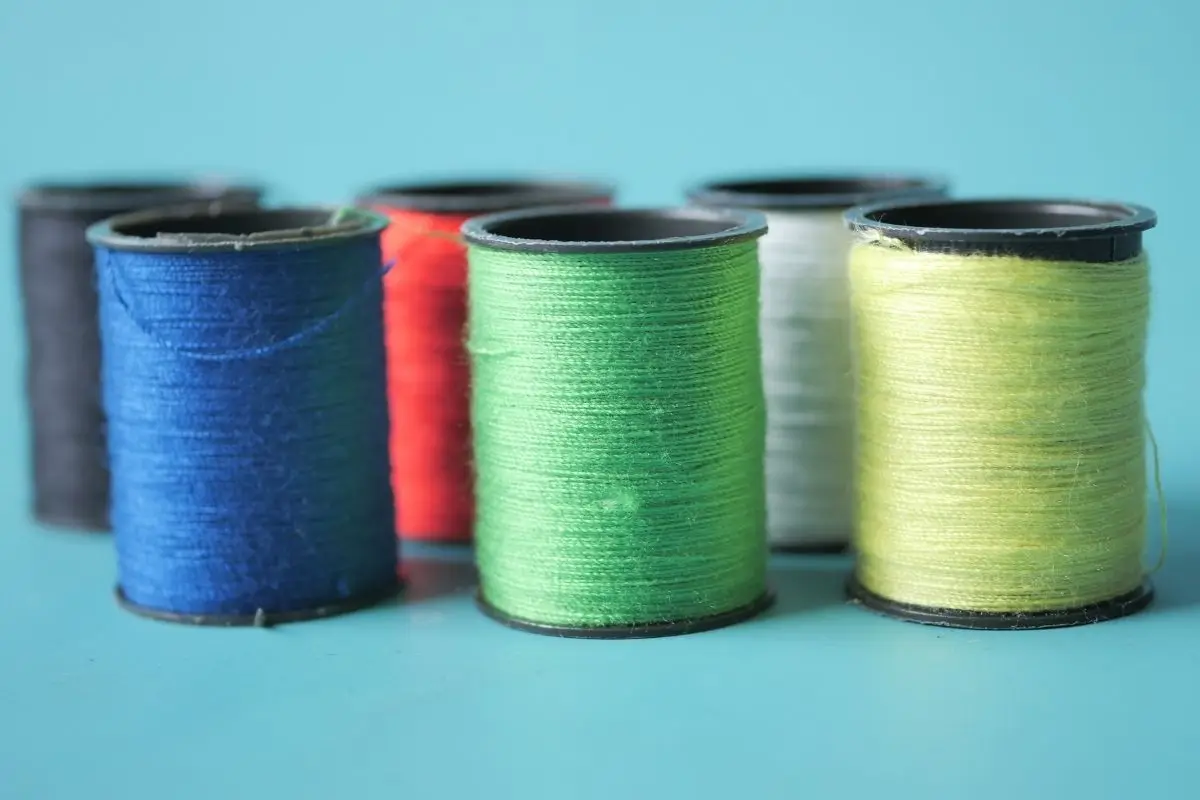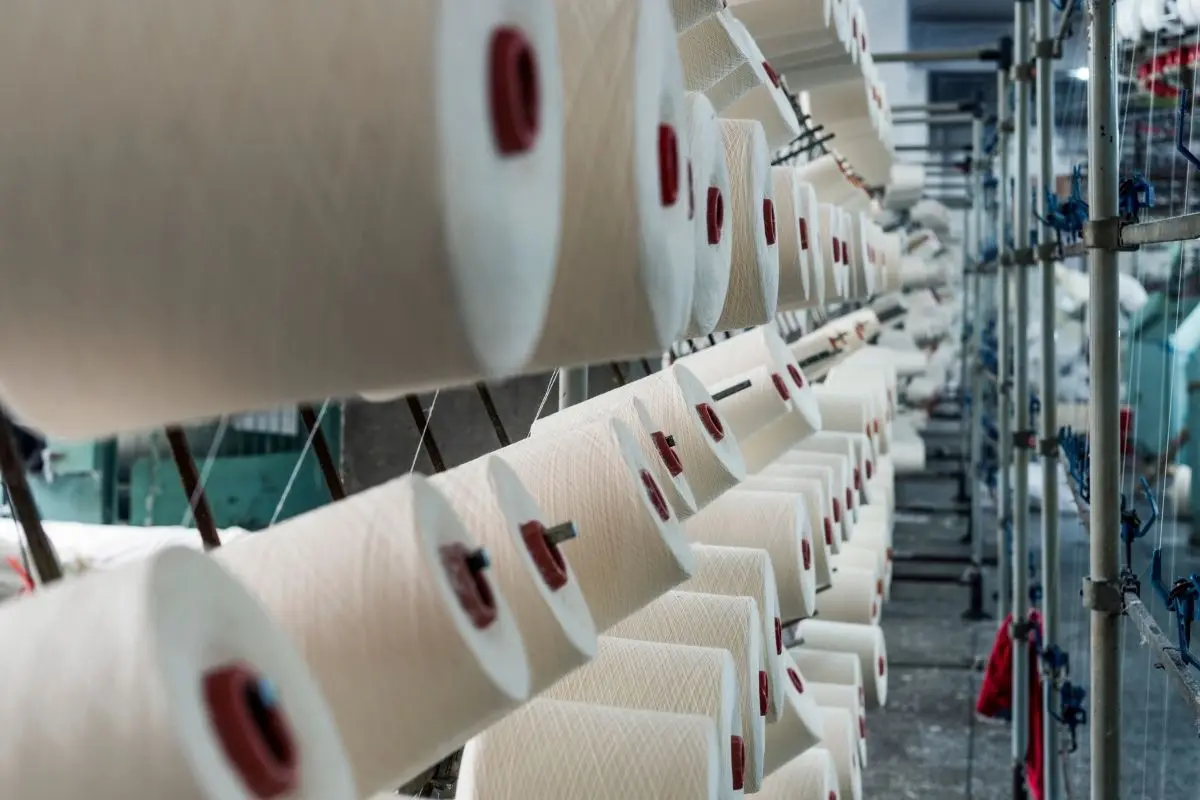Polypropylene yarns are widely used in the textile industry due to their lightweight structure and high strength. Additionally, these yarns enable the production of hygienic and comfortable products thanks to their moisture-resistant properties. For this reason, they are preferred in sportswear, carpets, home textiles, and technical fabrics. Furthermore, polypropylene yarns exhibit high resistance to chemicals. This allows for the production of durable and long-lasting textile products. Furthermore, their low thermal conductivity provides thermal protection. Therefore, they offer advantages in textile products used in cold climates. Their resistance to color fading also allows them to retain their brightness for a long time. This enables the production of aesthetic and functional products. Additionally, their recyclability supports sustainable textile production. Furthermore, polypropylene yarns offer energy efficiency with low density. This makes production more economical and adaptable to various textile applications. Thus, polypropylene yarns stand out in modern textiles with performance and sustainability.
Table of Contents
- Types of Polypropylene Yarn
- Polypropylene Yarn Supplier
- Polypropylene Yarn Manufacturer
- Polypropylene Yarn Prices
- Polypropylene Yarn Properties
- Conclusion
- Frequently Asked Questions
Types of Polypropylene Yarn
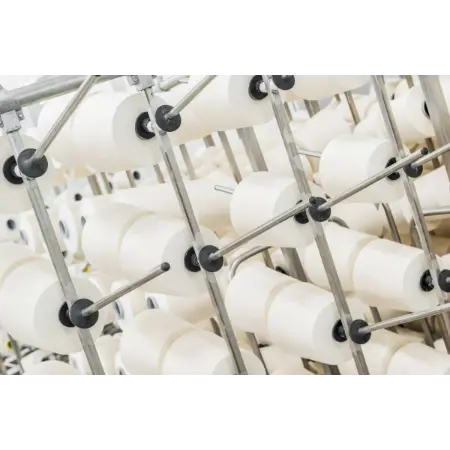
Polypropylene yarn types can exhibit different properties depending on their application and production technique. Furthermore, these yarns can be produced in monofilament, multifilament, or textured forms. Therefore, they offer a wide range of applications in both industrial and textile fields. Additionally, monofilament yarns can be preferred in areas requiring high strength. In this case, carpet backing, sacks, and technical fabric production can be carried out. Furthermore, multifilament yarns provide a softer structure and can be used in comfortable textile products. In this way, advantages can be offered in sportswear, home textiles, and medical products.Textured polypropylene yarns provide flexibility and high volume. Therefore, they’re ideal for decorative and upholstery fabrics. UV-resistant types ensure long-lasting outdoor use. Additionally, colored options support aesthetic designs. Thus, polypropylene yarns offer functional and diverse advantages in modern textiles.
Polypropylene Yarn Supplier
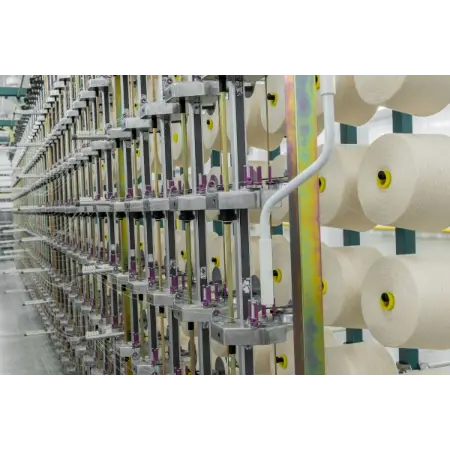
Polypropylene yarn suppliers provide yarns of different qualities and characteristics for the textile industry. In addition, suppliers can offer different denier, strength, and color options according to production needs. Therefore, customers can easily select the most suitable yarn type for their application. Furthermore, suppliers generally work with stock, enabling them to offer the advantage of fast delivery. This allows production processes to continue seamlessly. Suppliers that offer technical support can also provide consulting services on the correct yarn selection. This way, product quality and efficiency can be increased. Polypropylene yarn suppliers adjust prices for export and domestic markets. Suitable solutions exist for all producers. They offer diverse, certified, and standardized products. Thus, polypropylene yarn suppliers are vital in the textile production chain.
Polypropylene Yarn Manufacturer
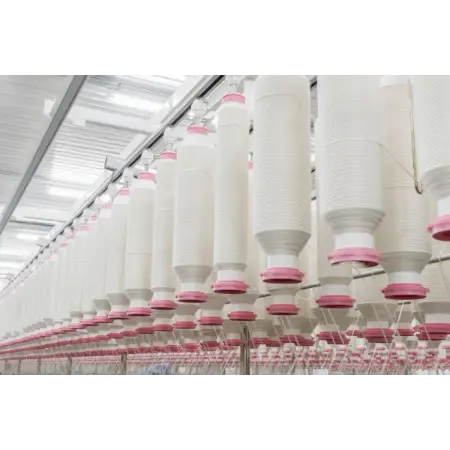
Polypropylene yarn manufacturers can produce durable and lightweight yarns using high-tech extrusion systems. Manufacturers can also provide different strengths, sheens, and color tones according to customer requests. Therefore, the yarns can be used for both industrial and textile purposes. Furthermore, modern production lines can reduce costs by providing energy efficiency. In this case, an environmentally friendly production approach can be supported. Manufacturers can also develop sustainable solutions by using recycled raw materials. In this way, the carbon footprint can be reduced. In addition, quality control laboratories can continuously test the compliance of products with standards. Therefore, high-quality continuity is ensured. Polypropylene yarn producers compete globally with strong export capacity. They can quickly meet various sector demands. Specialized yarns are developed for automotive, carpet, and medical fields. Thus, producers support sectoral growth through innovative solutions.
Polypropylene Yarn Prices
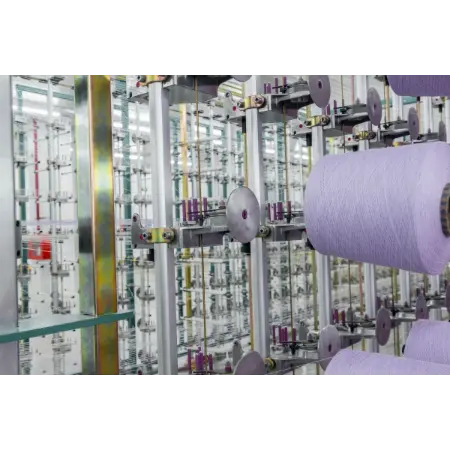
Polypropylene yarn prices may vary depending on the type of yarn, its strength, and the production method. Raw material costs and exchange rates can also play a significant role in pricing. Therefore, market prices may fluctuate periodically. Additionally, high-strength and UV-resistant yarns may be more expensive. In such cases, specific technical characteristics can directly affect the price. Furthermore, large-scale purchases can provide unit cost advantages. This allows manufacturers to have more economical supply options. Recycled polypropylene raw materials can also offer price advantages. Therefore, companies that engage in environmentally friendly production can establish a sustainable cost structure. Furthermore, colored or textured yarns may vary in price as they require additional processing. In this case, different options can be evaluated according to production needs. Polypropylene yarn prices may also be updated based on fluctuations in global raw material markets. Therefore, regular market monitoring is important for economic planning.
Polypropylene Yarn Properties
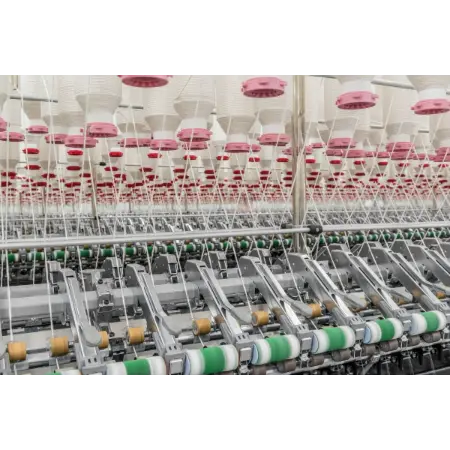
Polypropylene yarn properties are among the key factors that make this material stand out in the textile industry. In addition, the yarns are very lightweight and flexible due to their low density. This allows for the production of products with high comfort levels. Furthermore, polypropylene yarns offer the advantage of quick drying due to their water-repellent structure. This enables efficient results in sportswear and technical textiles. Furthermore, their resistance to chemicals allows for long-term use. For this reason, they are preferred in industrial textiles. They can also reduce heat loss thanks to their thermal insulation properties. This benefits textiles used in cold climates. UV resistance preserves color and strength outdoors. Thus, products maintain shape for long periods. Additionally, recyclability supports eco-friendly production. Therefore, polypropylene yarn properties underpin modern textile solutions in functionality and sustainability.
Conclusion
Polypropylene yarns are widely used in the textile industry due to their lightweight structure, durability, and water-repellent properties. They can also be a sustainable choice thanks to energy-efficient production processes. Therefore, high performance can be achieved in both industrial and home textile applications. Furthermore, polypropylene yarns enable the development of long-lasting products with their chemical-resistant structure. In this case, they can be preferred in many areas such as outdoor textiles, carpet bases, filter fabrics, and protective clothing. Moreover, their low density offers a cost advantage, enabling savings in production processes. Thus, when combined with modern production technologies, polypropylene yarns can provide an environmentally friendly and economical solution.
Frequently Asked Questions
What is polypropylene yarn? It is a lightweight and durable synthetic yarn produced from thermoplastic polymers.
What are the types of polypropylene yarn? There are monofilament, multifilament, fibrillated, and BCF types.
What are the properties of polypropylene yarn? It is lightweight, durable, waterproof, and resistant to chemicals.
Where is it used? It is used in the carpet, packaging, agriculture, automotive, and filtration industries.
What determines the price of polypropylene yarn? Quality, thickness, color, and order quantity affect prices.
How to choose a polypropylene yarn manufacturer? Companies with quality certifications and sustainable production practices should be preferred.
Is it environmentally friendly? Yes, it does not harm the environment thanks to its recyclable structure.
Are there discounts for bulk purchases? Yes, special pricing and fast delivery advantages can be offered for large orders.
What is its lifespan? It can last 5–10 years under appropriate conditions.
Are there any disadvantages? It has limited resistance to high temperatures, but this is improved with UV-stabilized types.

